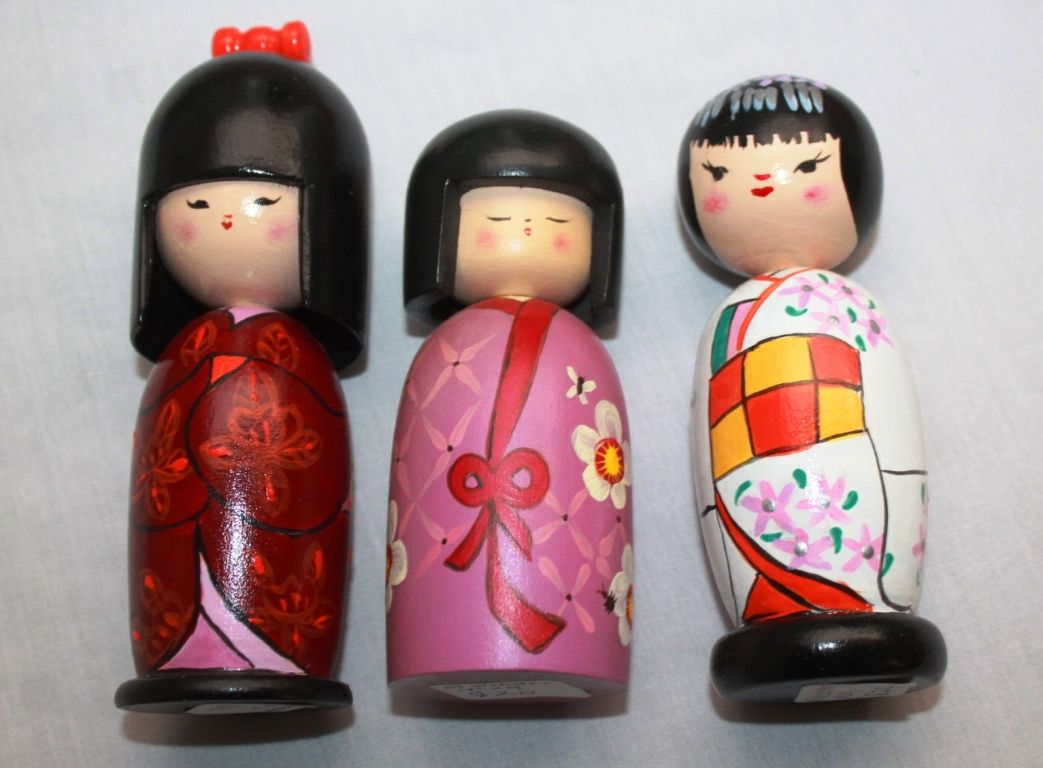July 3 - 9, 2016: Issue 270
Megan Webster
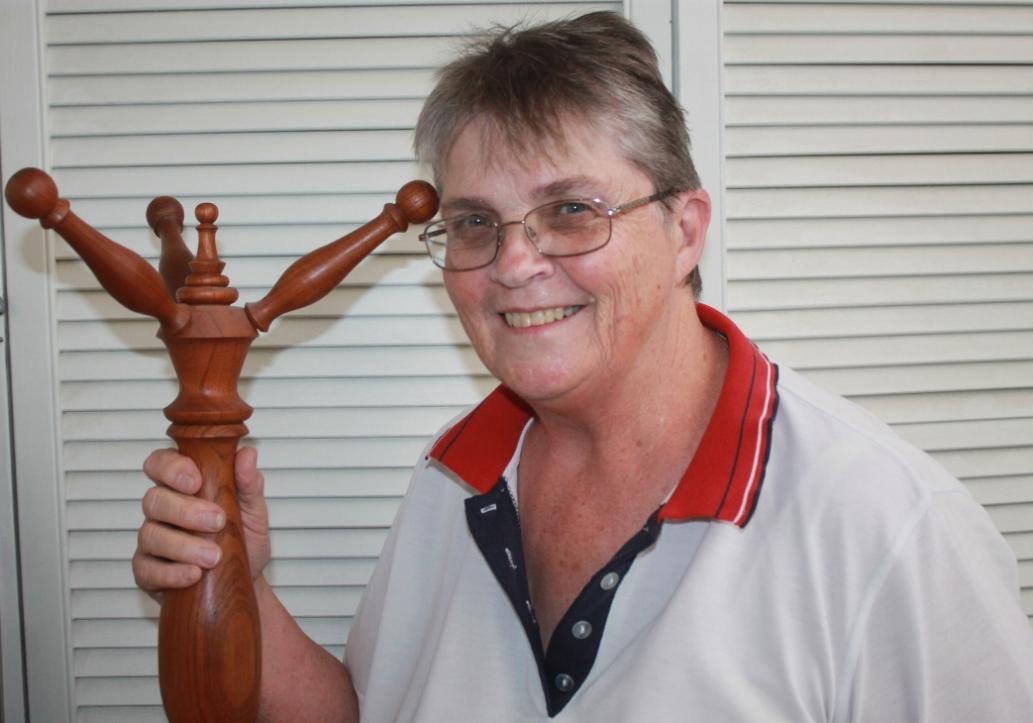
Our July 2016 Artist of the Month is Meg Webster, a member of the Sydney Northern Beaches Woodturners, a wonderful group that is sharing the ancient Art of Woodturning by bringing together people who are interested in woodturning and to assist new members to participate in the craft of woodturning. At the same time they aim to socialise and have fun.
.jpg?timestamp=1467423664525)
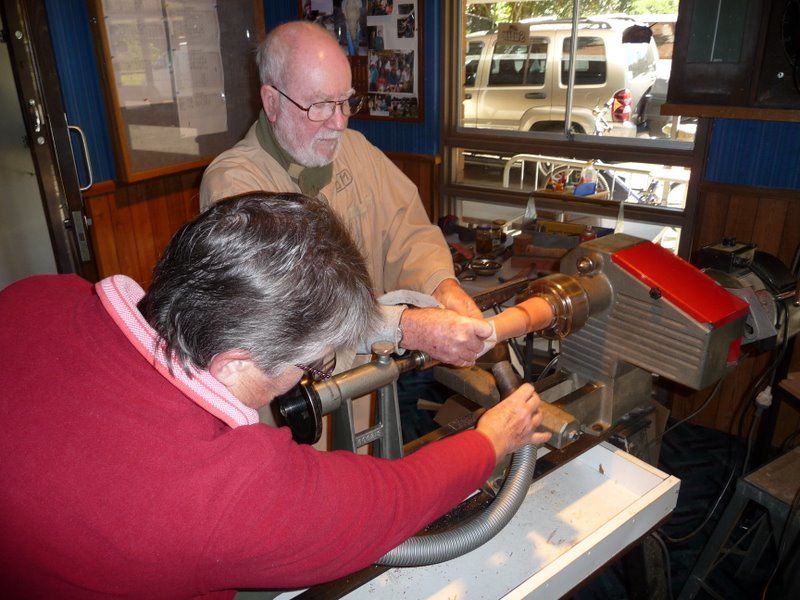
The SNBW are active in supporting local community groups and charities. We make cash donations as well as donations of toys and equipment made by our members. As a result significant amounts of money have been raised for organisations such as hospitals, schools and bush fire brigades. Christmas toy appeals.
Meg has always had a talent for creating and 'turns' out everything from toys to bowls - one our favourites is her mini-carousel, replete with handpainted horses!
.jpg?timestamp=1467423664525)
Horse Carousel - yes it works!
A former school teacher this lady is one who shows you can never lose your passion for learning either!
Where were you born?
I was born at west Ryde in 1944. I grew up in Eastwood, opposite the park where Granny Smith grew her first apples. We grew our own granny smith apples in the backyard.
I attended Eastwood Public School and then on to Strathfield Girls High School, which was quite a new school at that time, which is why I chose to go there instead of Hornsby Girls High School.
After getting my Leaving Certificate I worked for the Post Office for two years while attending university part time. I decided that wasn’t for me and attended Teachers College and graduated as an Infant Specialist, which is Kindergarten through to Grade Six.
My first posting was to Glenfield, which was very cold in Winter and very hot in Summer. I spent four years there prior to being applied to be transferred and was moved to Frenchs Forest where I spent another five years. Frenchs Forest was a very big school when I taught there, with three or four classes in each grade. Most of the portable buildings and old wooden ones we had are gone now.
I was then married. I met my husband playing golf; I had originally been meant to play golf with his room mate, who was sent overseas. He said ‘don’t worry I have this insane mate who plays golf and will play with you.’
I retired from teaching once I married and became a mum.
What was the best part about being a schoolteacher for you?
The kids. I love the kids, love my grandchildren too.
How did you begin woodturning?
That stems from my Scottish ancestry. I was dong Folk Art at the time, and buying blanks which I thought were highly overpriced, and thought ‘blow that, I’ll make my own’.
Prior to that I had a certificate in Western Calligraphy. Fro this I went on to Botanical Flower Drawing and then went on to Folk Art.
The boys from the club used to demonstrate and sell down at Warringah Mall. I was there one day when they were doing this and of course I wandered up to have a look. Sandy (my husband) said hello, and it turned out he played golf with a couple of the fellows.
From there I began going to the Sydney Northern Beaches Woodturners.
Have you always been attracted to these Art Forms?
Yes, I’ve painted and drawn since I was a little kid. I always loved drawing. This began with colouring in the books I’d read, painting the pictures in those and progressed from there.
What are the different things you create using woodturning?
It just depends on whatever strikes my fancy. I basically like to do what is called spindle turning, which is turning between centres. I an make anything that is basically round.
What woods do you use?
Most of these are acquired free when people are cutting down trees or disposing of segments. My brother, who lives in North Queensland, sends me down some occasionally. A lot of the grevilleas and bottlebrush trees produce beautifully coloured woods but it depends on what size wood you can get hold of when making anything and you really don’t know what it’s going to be like until you turn it.
What are your favourite woods to work with?
I like cotoneaster very much. This is a beautiful tight grained wood and it finishes nicely. Blackheart sassafras from Tasmania is very nice. Huon pine from Tassie, if you can get birds-eye, is very pretty, otherwise it’s fairly boring, is just yellow.
Hairy oak is another one, that has a very interesting grain, but you can only ever get small pieces in this and it tends to crack a lot, but if you can get some it’s very pretty, has an almost tiger like stripe in it.
There are lots of exotic woods if you want to pay money for them.
Are some wood types more difficult to work with than others?
The hard woods can be quite difficult and there you have to make sure that your tools are really sharp. With all woods though you really don’t know what they will be like until you start turning them.
Does the size of the piece dictate what you will make with it?
Yes. The smallest things I make would be the little Kokeshi dolls, which are then hand-painted in designs adapted form traditional colours and forms. This incorporates the Folk Art I do too, so it’s very enjoyable.
I don’t turn miniature things, that’s not my speciality.
The bigger pieces I’ve done are boxes and occasional bowls or trays.
I prefer to do quirky kinds of things, something unexpected and which is making the most of the piece of wood or its characteristics, its grain, its shape.
Which is your favourite- Calligraphy, Folk Art or Woodturning?
I enjoy the Woodturning because of the immediacy in doing this, you see something appearing while you’re doing it. You can start off with a lump of wood and by the end of the day it’s finished.
With Painting or Calligraphy you have to go at it a lot slower. There’s a lot more planning involved and groundwork you have to do, you have to wait for paint to dry, especially if it’s oils so these forms of creating take a lot more planning and a lot more time to finish a piece. They are quite challenging art forms to work in and if you muck it up, there’s much more work to do whereas with woodturning, if you make a mistake it’s much simpler to adapt it, to make a ‘design change’.
How does someone buying one of your works look after them – those beautiful bowls for instance?
It depends how it’s been finished. If it’s just an oil finish, a salad bowl or a dinner plate, you can just oil them; don’t use an olive oil, a walnut oil or a macadamia or grape oil. This will maintain that lustre. Some people use these like ordinary dinner plates – they turn a few plates and use those.
When did you start with the Sydney Northern Beaches Woodturners?
When I started they had a workshop at Collaroy, in the Scout Hall. Then the guys found this double garage under the Narrabeen RSL which the RSL kindly offered to let us use. The boys renovated it, rendered all the walls and concreted the floors and created the workshop there.
What’s good about working in a group like that?
Everybody helps everybody. Some people have different levels of expertise and things they can do or can’t do and we’re all learning for each other. The other aspect is everybody pitches in and helps each other on their projects. It’s great fun.
Demonstrating a sanding technique - Meg helping out.
We also go to different fairs, craft shows or events happening. This week we’re going to the Working With Wood Show at Homebush, which runs for three days and happens every year.
The Sydney Woodturners Guild, which were associated with, will be doing demonstrations there and may have a n area where members work is available for the public to buy.
What future plans do you have for your own woodturning projects?
Whatever inspires me. I’ll puddle along until the arthritis grabs me.
Each month we have a meeting at which someone will demonstrate something, a ‘how to’ make a certain piece. We usually then throw out a challenge and everyone can try and turn what the demonstrator has turned or make something else that they will then bring along to ‘Show and Tell’.
Last month w had one of the better Woodturners show us how to make a thing called the ‘Pillarette’ and the Challenge was then to turn two that were the same as each other, which is extremely difficult! I had eight goes before I got two which were quite similar! Yes, it’s not all that easy.
At the last meeting, just after this one, we had a Demonstrator who turned some chickens – so that is the Challenge for next month’s meeting.
Do the Demonstrators suggest what type of wood would be best to make the Challenges out of?
No, you just use whatever you have at home or grab a piece of pine that we have down at the workshop.
At present we’re looking for permanent premises that we can set up the workshop at. The RSL is very good in allowing us to be there but if anybody has a very large shed, or a block of land we can place a shed on, we’d be more than happy to move in.
Is woodturning and expensive thing to do?
It can be. People don’t have to have a lathe at home but of course, like anything else, the more you practice, the better you become. I have two lathes, one bigger than the other. The tools can be expensive, they’re made form high speed steel and these can run to 40 to 50 dollars a tool or more. We have grinders at the club to enable people to sharpen their tools but most of us also have our own grinders at home too though as if you use a dull tool it’s dangerous, you need to have a sharp tool.
What are your favourite places around here and why?
I like living at Terrey Hills, I’ve been here for over 40 years so I must like it. it’s a lovely place, it’s quiet, has a nice village atmosphere. It can be a bit wild in bushfire season, we’ve been through a couple of those, but it’s a nice spot, w like it.
What is your ‘motto for life’ or a favourite phrase you try to live by?
Live and Let Live.
I think if you live your life so you’re not trying to harm anybody you’re doing well.
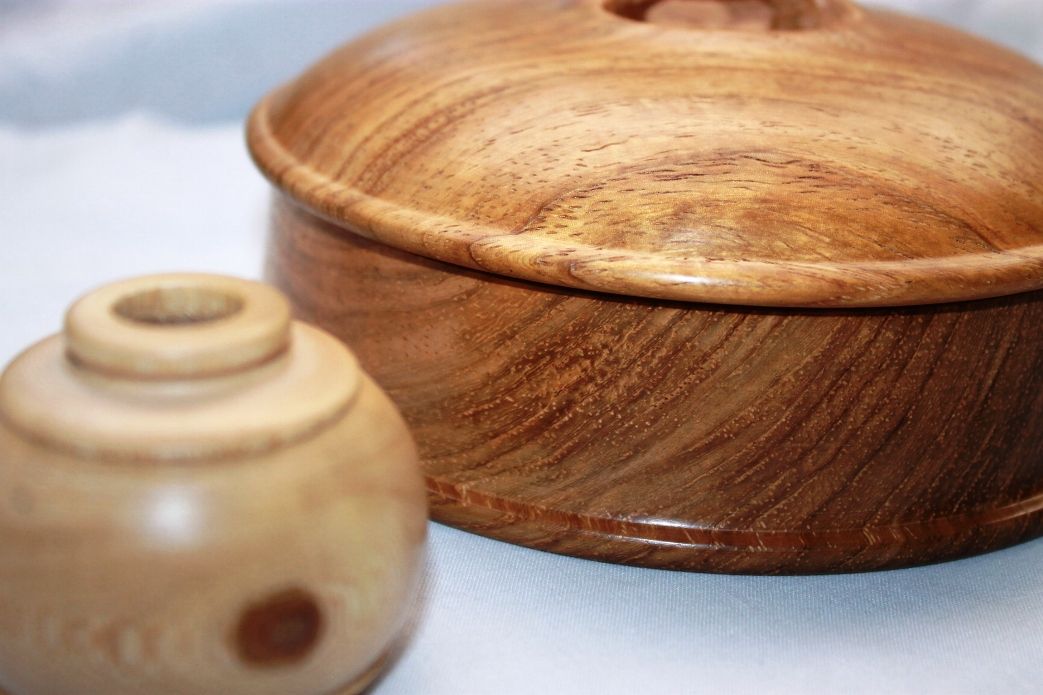
Above: Trinket box made with New Guinea rosewood - .jpg?timestamp=1467421746017)
.jpg?timestamp=1467421746017)
Same Trinket box showing Inner work done
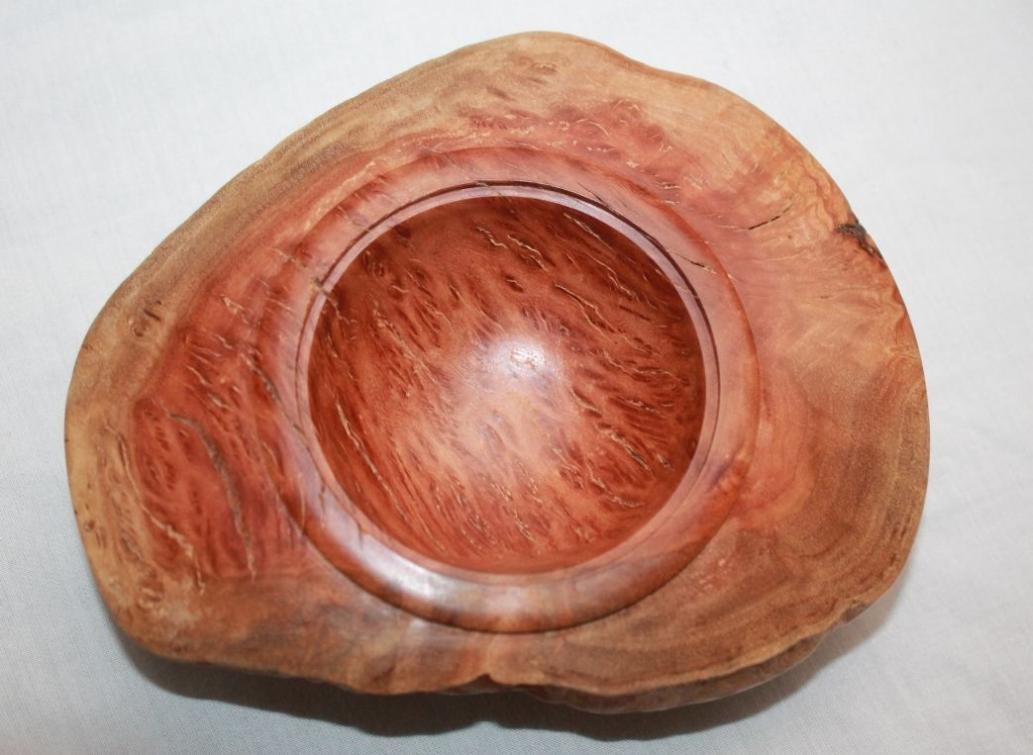
Burl bowl; a 'burl' is a tree growth in which the grain has grown in a deformed manner. It is commonly found in the form of a rounded outgrowth on a tree trunk or branch that is filled with small knots from dormant buds.
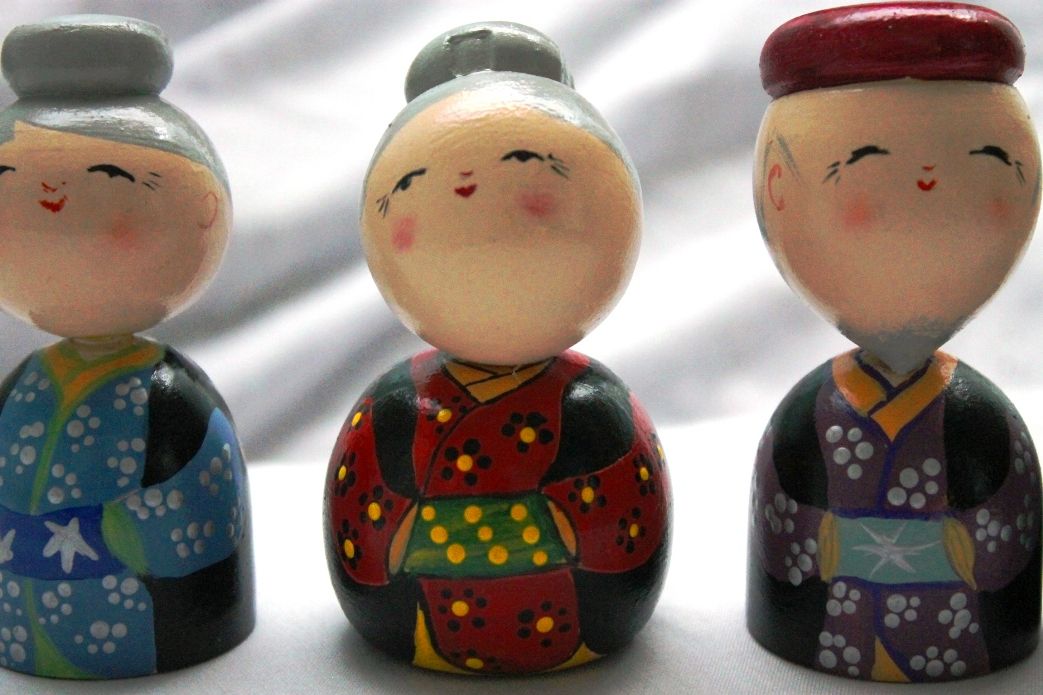
Above and Below: Kokeshi dolls - Meg's expereince in Folk Art stood her in good stead as she handpaints these once they've been turned.
